Mung beans or green grams are the seeds of the Vigna radiata plant. They belong to the Fabaceae family. In France, they call them fèves germées, in Greece - rovitsa (ροβίτσα), and in Turkey - mash filizi. They thrive in India, Bangladesh, Pakistan, Indonesia, Cambodia, China, the Philippines, Thailand and other areas. They are best grown in regions characterized by a humid and hot climate. The name of this type of bean comes from the word "mudga", which translated from Sanskrit means "burst of rays". The small shiny beans definitely reflect the sun. They are green and similar to peas. If peeled, you will find a yellow colored core.
History of Mung Beans
Mung beans have an age-long history. They began to be cultivated many centuries ago by the Indians, who gave them the name "mung". The origins of this culture come from the lands of India, Pakistan and Bangladesh. There, a similar wild version of it can be found. Because of this, mung beans became a traditional part of the local cuisine. During archaeological digs, they found charred beans in those areas from a very long time ago.
It is theorized that about 4000 years ago, it was already being used as a food source by the population. Also, it is thought that about 3500 years ago, there was a cultivated plant of this sort. Slowly with time, the cultivated bean spread from India to China and to other countries in Southeast Asia. Expert research indicates that mung beans were taken to Thailand about 2200 years ago.
Composition of Mung Beans
Mung beans contain a wide array of healthy substances. These green seeds contain minerals such as manganese, magnesium, iron, zinc and selenium. They are a source of carbohydrates, fibers, fats and proteins and are rich in vitamin A, vitamin B12, vitamin C and vitamin E.
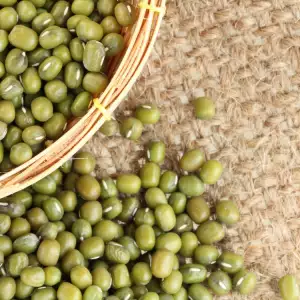
Storage of Mung Beans
Mung beans don't require special care when it comes to storage. As with most foods, they need to be kept in a dry, cool, dark place.
Cooking Mung Beans
Mung beans are a widely used and prized culture in Eastern cuisine. They are distinguished by a slight walnut aftertaste and can be added to different stews, purees, soups or used as a garnish for meat dishes. They combine perfectly with seafood. Season them with flavorful Eastern spices such as ginger, turmeric, curry, sumac, allspice and others. But you can season them according to your personal preferences as well. In Eastern cuisine, this type of bean is best paired with basmati rice.
Very often it is eaten with vegetables. Pancakes are made from mung beans as well. To do this, the green seeds are soaked in water between 9 and 12 hours, then blended. The resulting puree is mixed with spices to taste and then a small portion of it is distributed onto a hot saucepan to form a pancake. Mung beans are also used to make a sweet porridge with coconut milk. In China, they make sprouts from them. To do this, the beans need to be washed well and soaked in water for a full day.
Then they are washed once again, put into a jar and covered with a towel. Keep the jar in a cool and dark place for several days until the beans sprout. They need to be washed twice a day during that period. Once the sprouts are ready they can be put directly into a salad or stored briefly in the refrigerator. If you would like to boil the beans, you don't need to soak them ahead of time. Just wash, clean and put them to boil for about an hour and a half.
Now take a look at this fresh salad with mung beans, designed to charge you with new energy.
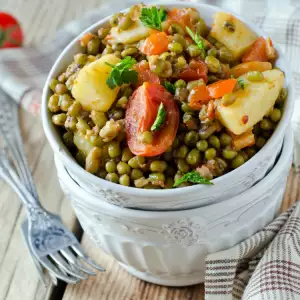
Ingredients: 1 cup mung bean sprouts, 2 cups spinach, 2 tomatoes, 2 oz feta cheese, 3 tablespoons corn, 1 bunch dill, 2 garlic cloves, lemon juice, ginger, curry, soya sauce.
Preparation: Wash and chop the spinach, tomatoes and dill. Put them in a bowl and add the sprouts and corn to them. Season with the spices and stir. Grate the cheese on top. This salad goes well as a garnish to roasted chicken or beef steaks.
Benefits of Mung Beans
Due to their rich composition, mung beans are considered a superfood. One valued quality and the reason why they are preferred to other types of beans is that they are easily processed by the digestive tract, without leading to gas. In Indian folk medicine, they are advocated as a food suitable for every body type according to Ayurveda (vata, pitta, kapha, vata-pitta, vata-kapha, pitta-kapha, kapha, kapha-vata, kapha-pitta, vata-pitta-kapha). Mung beans are especially suitable for people who no longer eat meat for 2 reasons.
They contain a significant source of proteins and amino acids, so should not be overlooked by vegetarians. Another upside to mung beans (and more specifically bio mung beans) is that they can be consumed without heat treatment, making them ideal for raw eaters as well. Simply let them sprout.
Another benefit is that mung beans contain no gluten. Therefore, they can be eaten by people who are gluten intolerant. Know that the number of people diagnosed with celiac disease is on the rise.
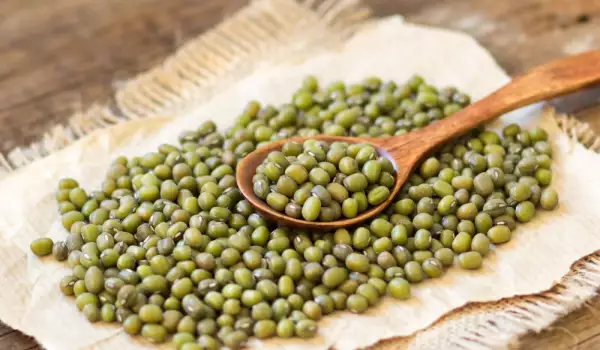
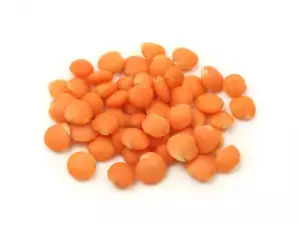
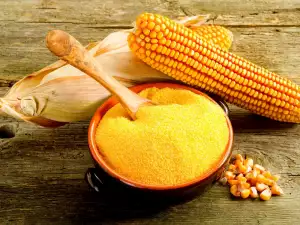
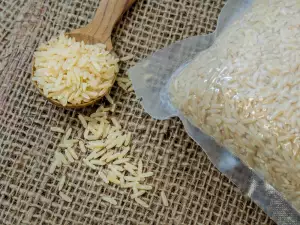
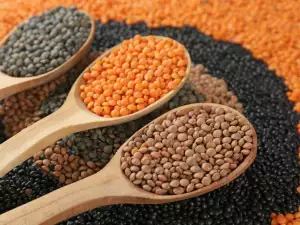
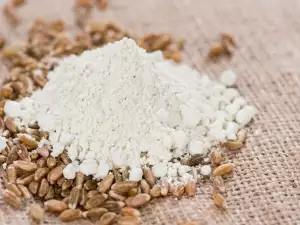

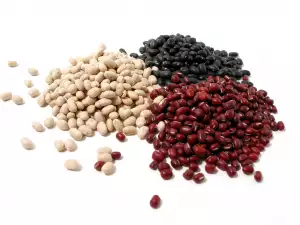
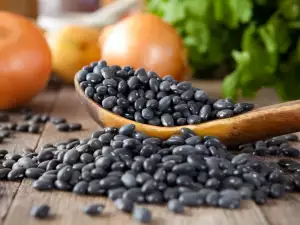
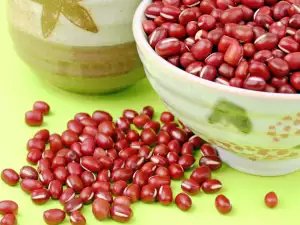

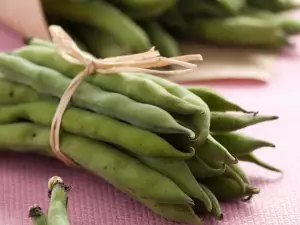
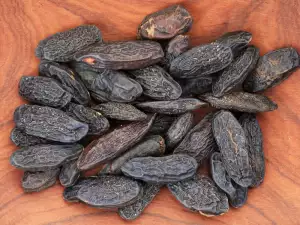
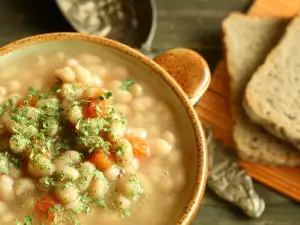
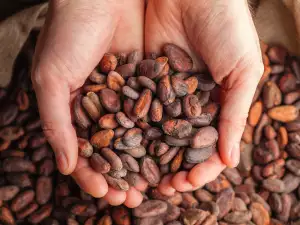
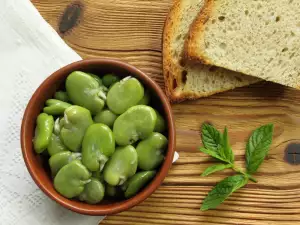




Comments